Table of content
- Step 1: Keep It Alive (If Possible)
- Step 2: Clean Gently
- Step 3: Store Properly
- Shelf Life: 2–3 days.
- Pro Tips:
- Method 1: Blanch and Freeze
- Method 2: Freeze Raw (Advanced)
- Shelf Life: 6–12 months (blanched), 1–2 months (raw).
- Pro Tips:
- Steps:
- Shelf Life: 1–2 years (store in a cool, dark place).
- Pro Tips:
- Method 1: Sun-Drying
- Method 2: Oven or Dehydrator Drying
- Storage:
- Shelf Life: 1–2 years (indefinite if properly dried and stored).
- Pro Tips:
- Steps:
- Shelf Life: 3–4 days (refrigerated), 2–3 months (frozen).
- Pro Tips:
Abalone, a prized seafood delicacy renowned for its tender texture and briny flavor, is a culinary treasure that requires careful handling to maintain its quality. Whether you’ve harvested it fresh, purchased it from a market, or received it as a gift, knowing how to store abalone properly is crucial to prevent spoilage, preserve its taste, and avoid waste. This comprehensive guide explores various methods for preserving abalone, from short-term refrigeration to long-term freezing, canning, and drying. By following these expert tips, you can ensure your abalone remains safe to eat and retains its prized characteristics for months—or even years.
Understanding Abalone: A Brief Overview
Abalone is a type of marine snail found in coastal waters worldwide. Its meat, a muscle called the “foot,” is highly valued in global cuisines, particularly in Asian, Mediterranean, and Pacific Island dishes. Fresh abalone has a mild, sweet flavor with a chewy yet tender texture. However, its delicate nature makes it susceptible to bacterial growth and degradation if not stored correctly. Factors like temperature, moisture, and exposure to air can drastically shorten its shelf life.
Why Proper Storage Matters
Improper storage can lead to:
- Spoilage: Bacteria multiply rapidly at temperatures above 40°F (4°C), causing off-odors, discoloration, and sliminess.
- Texture Loss: Freezing without proper preparation can result in a mushy consistency upon thawing.
- Flavor Deterioration: Oxidation and moisture loss can make abalone taste stale or overly salty.
- Health Risks: Consuming spoiled abalone may cause foodborne illnesses like nausea, vomiting, or diarrhea.
By mastering preservation techniques, you extend the lifespan of abalone while locking in its nutritional value, including protein, iodine, and omega-3 fatty acids.
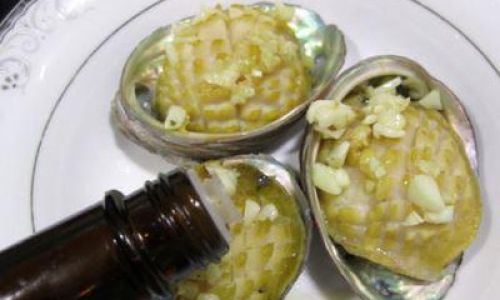
Storing Fresh Abalone: Short-Term Solutions
If you plan to consume abalone within a few days, refrigeration is the simplest method. Follow these steps:
Step 1: Keep It Alive (If Possible)
- Freshly harvested abalone can survive for 1–2 days in a cooler with seaweed or damp newspaper. Avoid submerging them in freshwater, as this can be fatal.
- If the abalone is already removed from its shell, skip this step.
Step 2: Clean Gently
- Rinse the meat under cold running water to remove sand, grit, or debris.
- Pat dry with paper towels to minimize excess moisture.
Step 3: Store Properly
- Place the abalone in a breathable container, such as a perforated plastic bag or a bowl covered with a damp cloth.
- Store it in the coldest part of your refrigerator (ideally below 40°F/4°C).
- Avoid sealing it in airtight containers, as this traps moisture and accelerates spoilage.
Shelf Life: 2–3 days.
Pro Tips:
- Check daily for signs of spoilage (e.g., grayish discoloration, foul smell).
- Do not freeze raw abalone without blanching first (see freezing section below).
Freezing Abalone: The Best Long-Term Option
Freezing is ideal for preserving abalone for 6–12 months. Proper preparation prevents texture breakdown and freezer burn.
Method 1: Blanch and Freeze
- Clean the Abalone: Remove any viscera, sand, or membrane. Rinse thoroughly.
- Blanch:
- Bring a pot of salted water to a rolling boil.
- Submerge the abalone for 30–60 seconds (longer for larger pieces).
- Immediately transfer to an ice bath to halt cooking.
- Dry: Pat dry with paper towels.
- Portion: Cut into serving-sized pieces to avoid thawing excess.
- Package:
- Use vacuum-sealed bags or freezer-safe containers.
- Remove as much air as possible to prevent freezer burn.
- Label with the date.
- Freeze: Store at 0°F (-18°C) or lower.
Method 2: Freeze Raw (Advanced)
- This method is riskier but preserves a “raw” texture.
- Clean the abalone, then wrap tightly in plastic wrap followed by aluminum foil.
- Freeze immediately. Use within 1–2 months for best quality.
Shelf Life: 6–12 months (blanched), 1–2 months (raw).
Pro Tips:
- Thaw frozen abalone in the refrigerator overnight—never at room temperature.
- Avoid refreezing thawed abalone, as this degrades texture.
Canning Abalone: A Shelf-Stable Alternative
Canning abalone allows for years of storage but requires pressure canning to eliminate botulism risks.
Steps:
- Clean and Blanch: Follow the blanching method above.
- Pack Jars:
- Use pint or quart jars with new lids.
- Fill jars with abalone pieces, leaving 1-inch headspace.
- Add 1 teaspoon of salt per quart (optional).
- Pressure Can:
- Process at 10 PSI for 90 minutes (adjust for altitude).
- Let jars cool completely before storing.
Shelf Life: 1–2 years (store in a cool, dark place).
Pro Tips:
- Inspect jars for leaks or bulging lids before opening.
- Boil canned abalone for 10 minutes before consuming to kill any remaining bacteria.
Drying Abalone: Ancient Preservation Techniques
Dried abalone (known as bao yu in Chinese cuisine) is a luxury ingredient with a concentrated flavor.
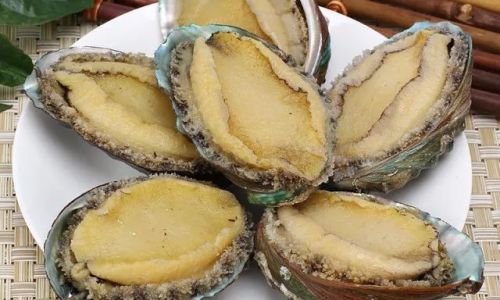
Method 1: Sun-Drying
- Clean and Slice: Remove the abalone from its shell, clean, and slice into thin strips.
- Salt Cure (Optional):
- Coat slices in coarse salt for 1–2 hours to draw out moisture.
- Rinse and pat dry.
- Dry:
- Hang strips under direct sunlight for 3–5 days, or until brittle.
- Protect from insects and dust.
Method 2: Oven or Dehydrator Drying
- Set your oven to the lowest temperature (150°F/65°C or lower).
- Arrange slices on a wire rack and dry for 8–12 hours, flipping occasionally.
Storage:
- Store dried abalone in airtight containers with silica gel packets.
- Keep in a cool, dark place.
Shelf Life: 1–2 years (indefinite if properly dried and stored).
Pro Tips:
- Rehydrate dried abalone in warm water for 4–6 hours before cooking.
- Discard pieces with mold or off-odors.
Storing Cooked Abalone
Leftover cooked abalone requires prompt refrigeration to prevent bacterial growth.
Steps:
- Cool Quickly: Place hot abalone in shallow containers to cool rapidly.
- Refrigerate: Store in airtight containers within 2 hours of cooking.
- Freeze: For longer storage, freeze cooked abalone in sealed bags.
Shelf Life: 3–4 days (refrigerated), 2–3 months (frozen).
Pro Tips:
- Reheat cooked abalone to 165°F (74°C) to kill bacteria.
- Avoid mixing raw and cooked abalone to prevent cross-contamination.
Common Mistakes to Avoid
- Storing Raw Abalone Without Blanching Before Freezing: Causes texture breakdown.
- Using Poor-Quality Containers: Glass jars with cracked lids or damaged freezer bags invite spoilage.
- Ignoring Temperature Fluctuations: Frequent thawing and refreezing ruin texture.
- Overcrowding the Refrigerator: Restricts airflow and raises internal temperatures.
- Trusting Expired Canned Goods: Always check for bulging lids or foul smells.
How to Tell If Abalone Has Spoiled
- Smell: A strong, ammonia-like odor indicates spoilage.
- Texture: Slimy or mushy flesh is unsafe.
- Color: Gray, green, or brown discoloration.
- Taste: If in doubt, discard it—never risk food poisoning.
Conclusion: Savoring Abalone at Its Best
Preserving abalone is both a science and an art. By selecting the right method for your needs—whether it’s refrigeration for immediate use, freezing for future feasts, canning for pantry stability, or drying for gourmet stock—you can enjoy this delicacy without waste. Remember that freshness starts at purchase: choose abalone with shiny flesh, no cracks, and a mild oceanic scent. With proper storage, you’ll always have a taste of the sea at your fingertips.
Final Tip: Label everything! A simple date stamp on containers ensures you use the oldest stock first, maintaining a rotation that guarantees freshness. Bon appétit!
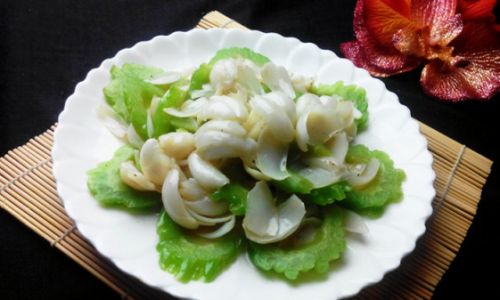
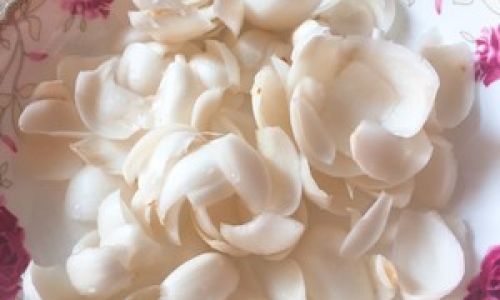
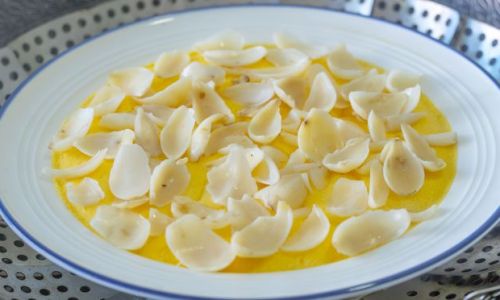

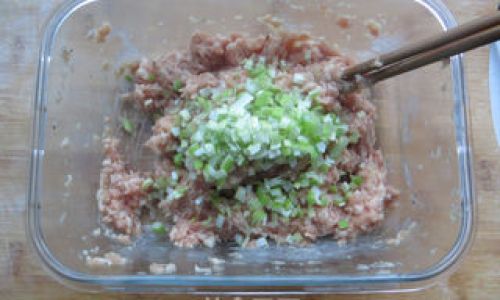
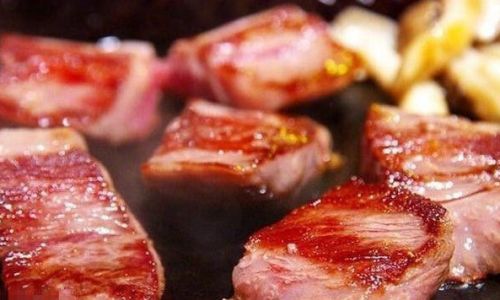
0 comments